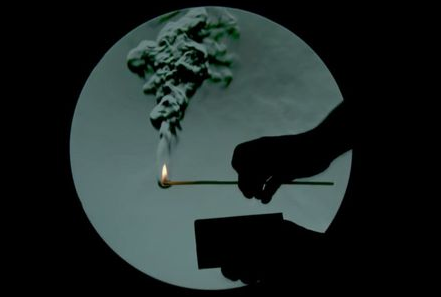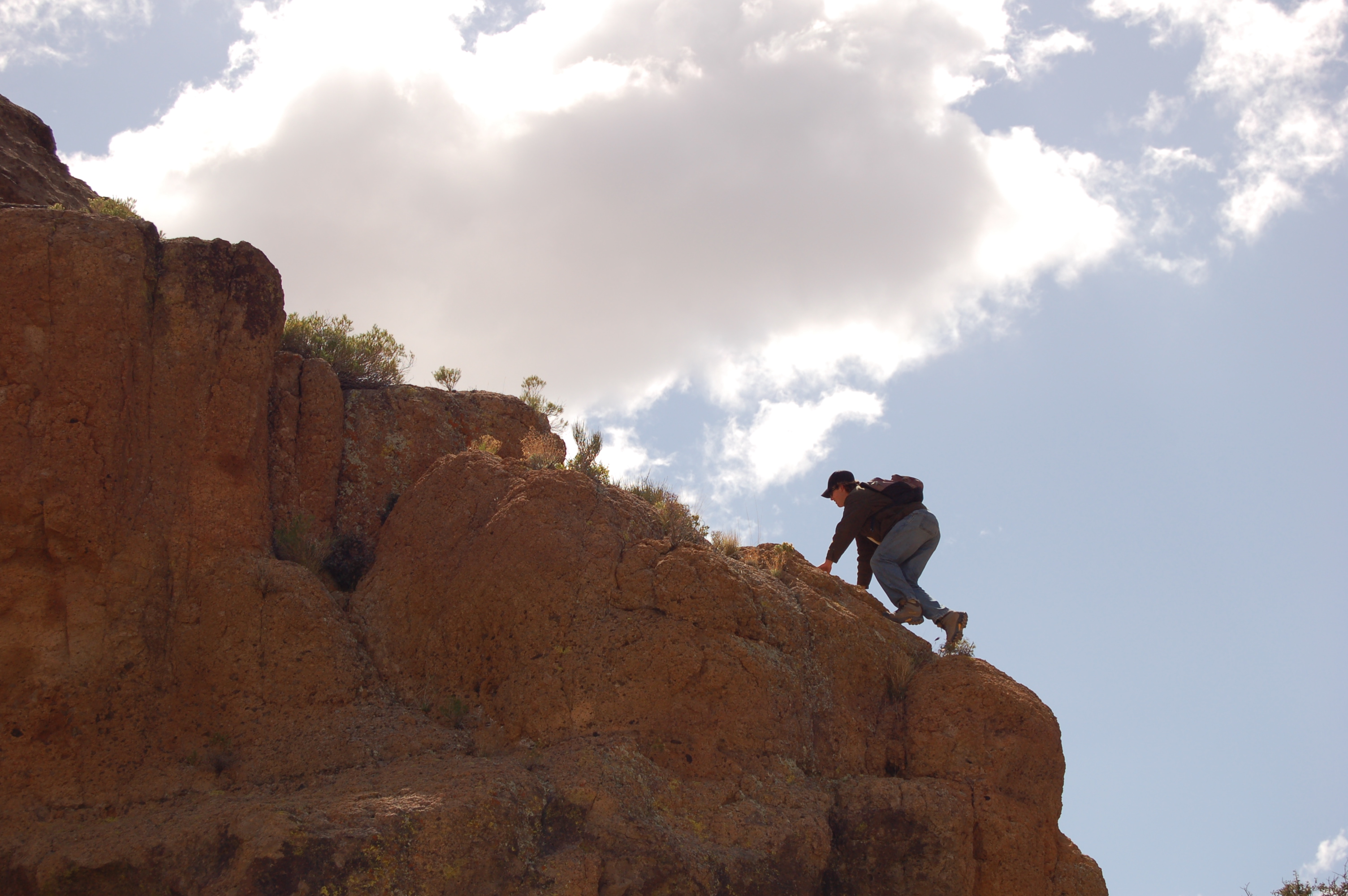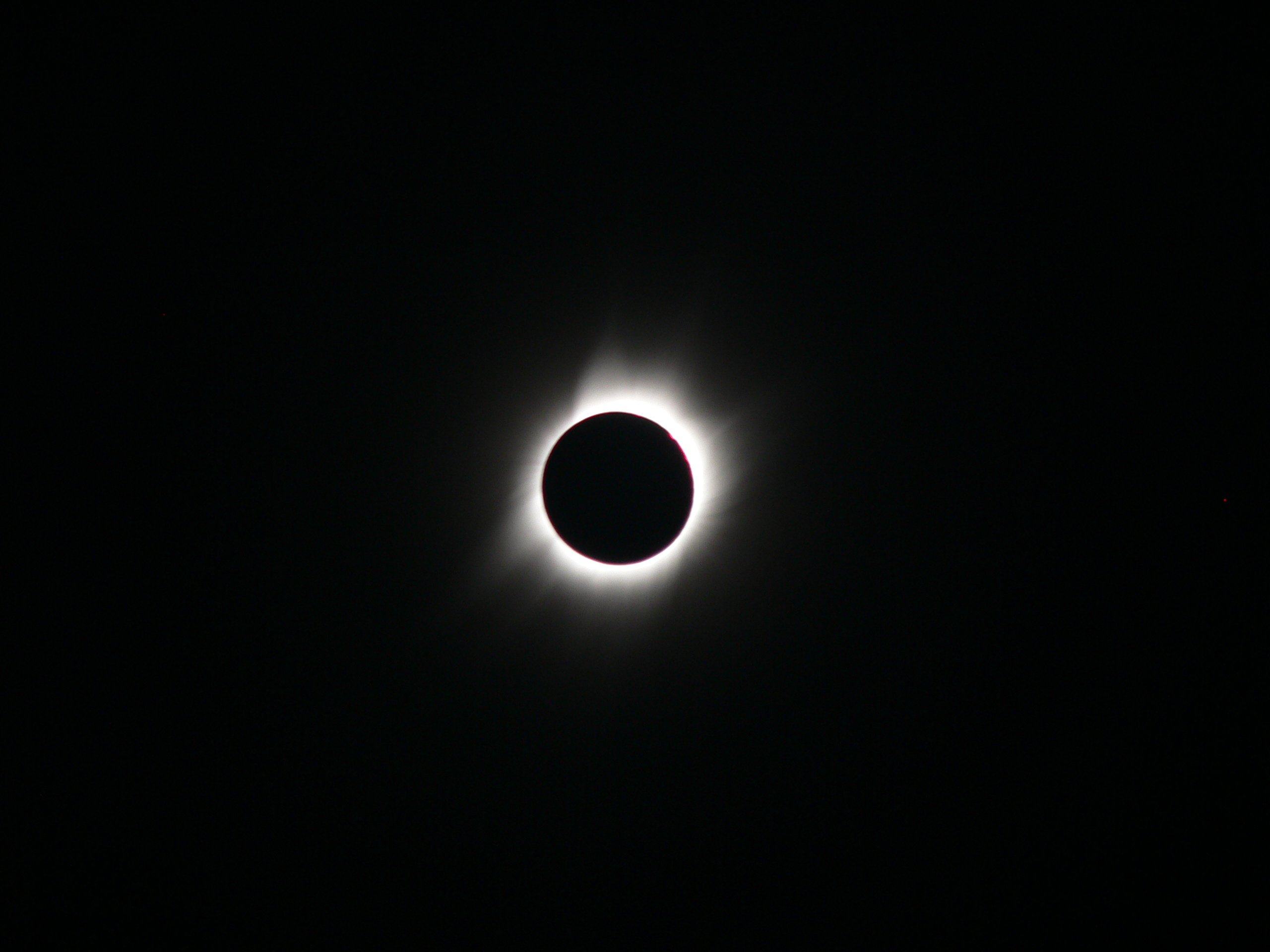Recently I have been making an effort to get back to my biology roots and trying to think of ways that I can incorporate microscopy with my refreshed love of the outdoors. I have several pocket microscopes but none of them have image capture and I haven’t tried any of the microscope attachments designed for mobile phones. I do, however, have a little digital USB microscope that I love.
With a little bit of research, and costing less than £20 on Amazon, I have been able to connect my trusty digital USB microscope with my phone. The result is a digital imaging system that I can throw in a pocket or backpack, allowing me to capture micro images in the field.
Note: the digital microscope will be running off the phones power. I haven’t field tested this yet to see how fast it runs down the battery, so make sure you are fully charged before starting your expedition.

The microscope
The digital microscope I have is the XCSource 20x-800x LED USB 3D digital microscope. It is powered by the USB connection and there are several different models in the range. This is the second one of these that I’ve bought (I lost the first one), I bought it in 2015 for £14.99 and it’s still perfect today. I love these little microscopes and they are especially good for children. Children tend to struggle with using eyepieces correctly and you can’t be sure that they are seeing what you want them to see. The other great thing about these little microscopes is that, by displaying the image on a monitor, you can capture and share the image quite easily.
The phone
I am a staunch Samsung user and the phone I’m currently using is a Galaxy A5. The app I downloaded is called ‘CameraFi – USB camera / webcam’, which I got for free on Google Play. I chose the CameraFi app because it has the same layout as the phones camera, and the image fills the screen of the phone. I just downloaded the free version, so it has ads on it, but they don’t get in the way. There are lots of apps to choose from, just search for ‘USB camera’ in your app store.

The connector
I bought the TechGear Type C 3.1 OTG Adapter cable for Samsung Galaxy A5 2017. It was £2.95 on Amazon. You will need to ensure that you choose the correct adapter for your phone type.
Putting it all together
- Plug the USB from the microscope into the adapter
- Download the USB camera app onto the phone
- Plug the connector into the phone
- Open the app
- Do science

Note: The app I used opened the camera automatically once the app was opened. If the one you choose doesn’t, then check the settings for an option to choose your camera source. If that is not available, then try unplugging and plugging the camera back in again while the app is open and running.



